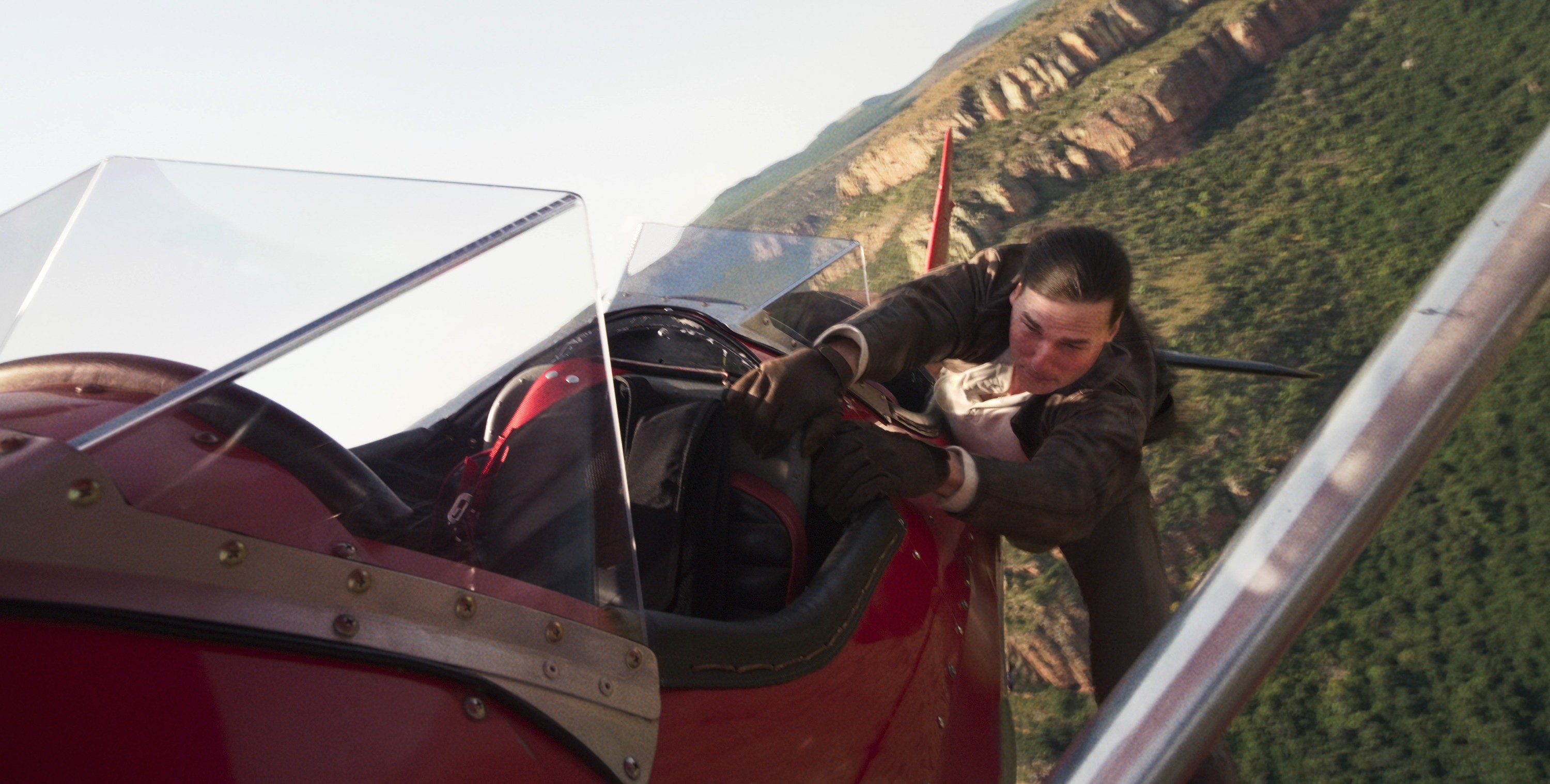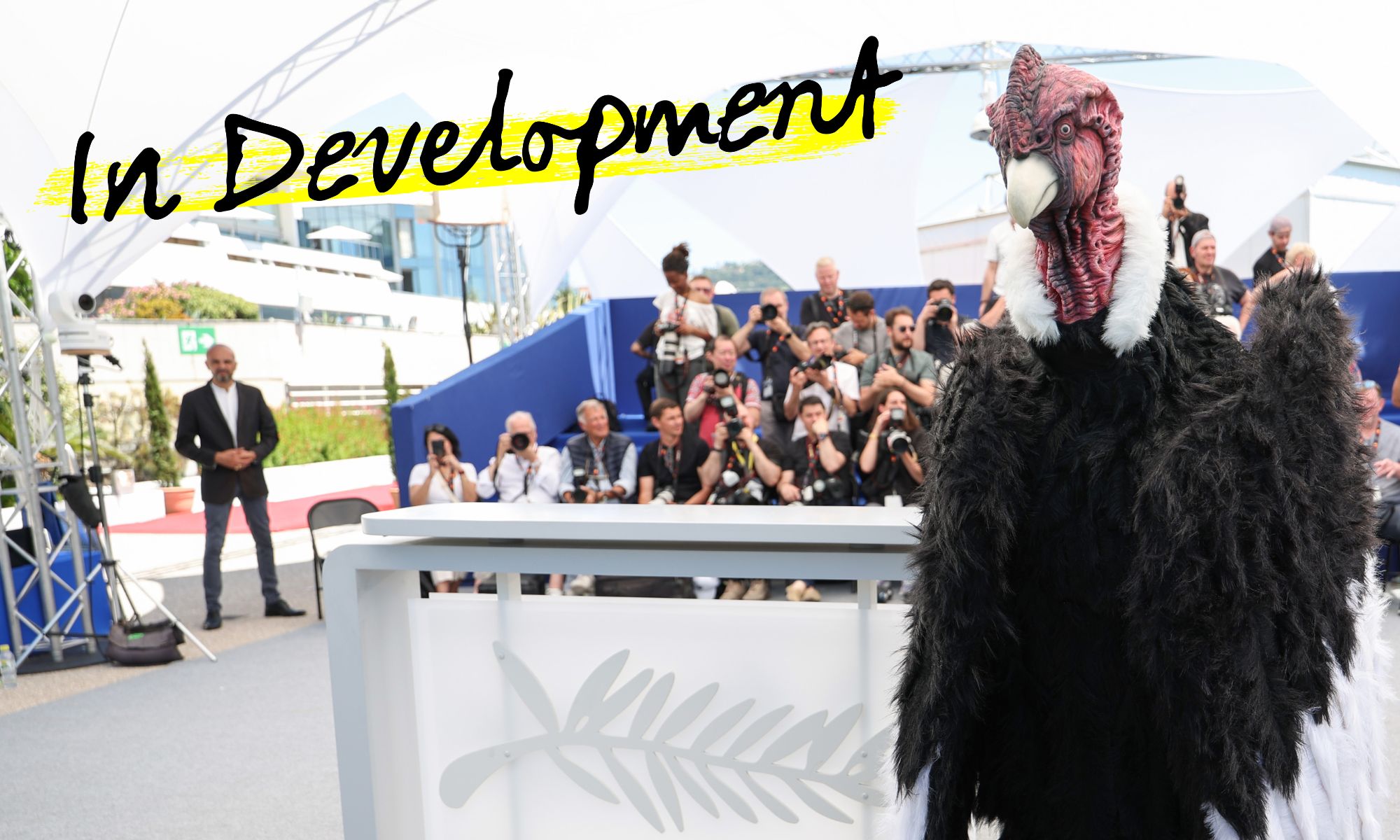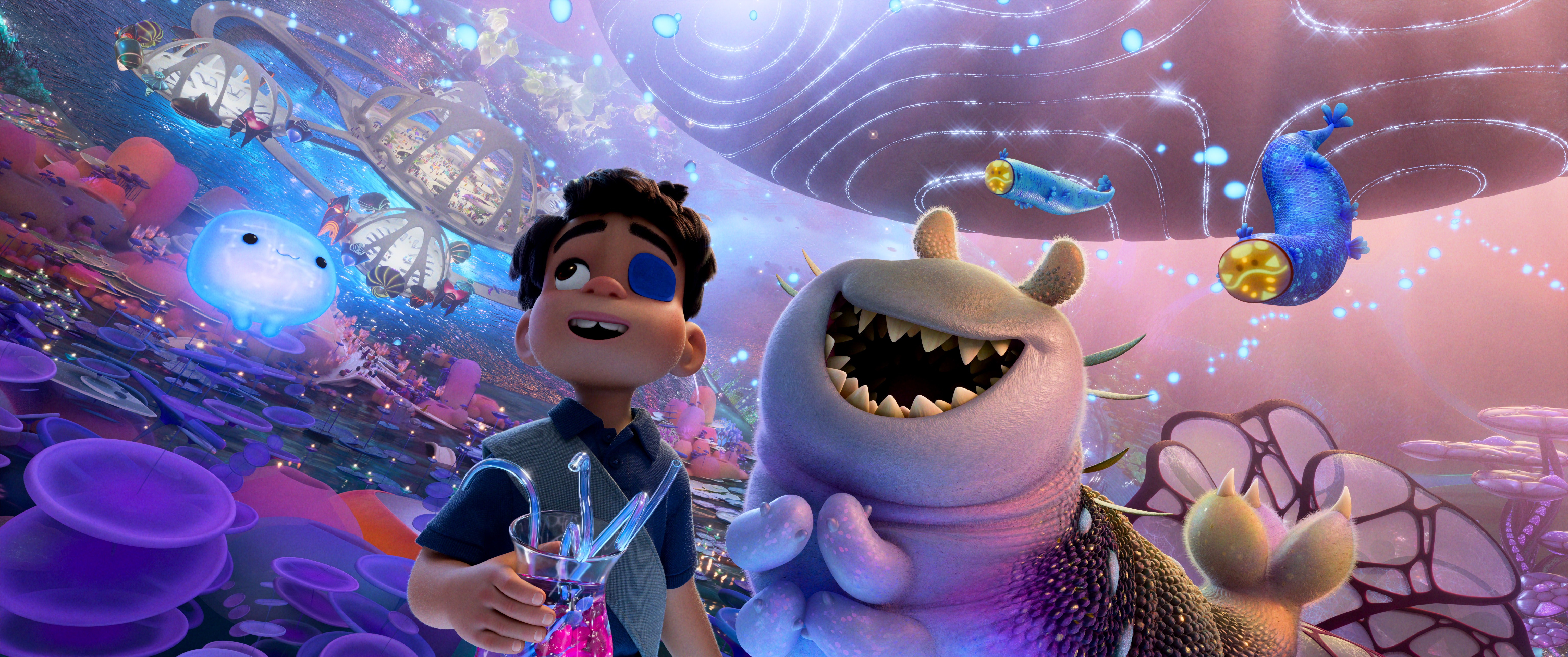The final action set piece of the Tom Cruise-led “Mission: Impossible” series wasn’t just going to wrap up the film, it was also earmarked as the franchise’s biggest, most dangerous, and technically challenging stunt.
As the clock ticks down on the “Mission: Impossible — The Final Reckoning” A.I. villain (known as The Entity) launching a nuclear holocaust, Ethan Hunt (Cruise) must get the kill switch from around the neck of Gabriel (Esai Morales), who has escaped on a classic Stearman biplane. It’s a sequence that Cruise, writer/director Christopher McQuarrie, stunt coordinator Wade Eastwood, and their team spent four-and-a-half months in South Africa working on.
While on this week’s episode of IndieWire’s Filmmaker Toolkit podcast, McQuarrie talked about how even before then, he had worked with animators to design the entire sequence in pre-viz. But it wasn’t until the testing and R&D phase started on the ground in South Africa that the team could figure out what was actually possible while working with the nearly a hundred-year-old plane.
McQuarrie offered one example of how what he assumed was a simple bit of action had to be reinvented. “There’s a sequence when Tom is on the wheel of the plane and climbs up onto the wing and punches the pilot in order to take over the plane,” said McQuarrie. “In the pre-viz, that lasted a few seconds, it was very quick. That’s because the people doing the animation — working out the sequence and coming up with these gags, and I’m one of the people working with them — they didn’t understand the sheer physics of what it was to be on the wing of a plane.”
After the first time Cruise attempted the punch during a test flight, he came back down to the ground to explain to McQuarrie he couldn’t execute it at the speed at which it was designed. “[Tom] said, ‘You can’t do anything quickly on the wing of that plane. I’m getting hit with wind at 140 miles an hour.’ Just raising his hand took time; everything was an enormous physical effort,” said McQuarrie. “And finally, at the end of the conversation, he said, ‘You know what? I think the best thing for you to do is just get on the wing and see what it’s like.’”
Cruise gave the director a tutorial, with McQuarrie in harness with two safety lines connected to a strut outside the cockpit.

“You have to climb out of the cockpit, keeping in mind that the minute you come out from behind the canopy, you’re in another world; it’s like going to a different planet,” said McQuarrie of walking onto the plane’s wing. “You can’t really breathe. There’s air, but the molecules are hitting you so quickly, and there’s such intense turbulence on the planes, you’re not getting as much oxygen as you normally would. And imagine everything that you’re doing, you have to push yourself forward just to stand still. You’re having to rethink your entire physical being.”
Once back in his plane seat, McQuarrie said the 30 seconds on the wing felt like five minutes, and he’d just finished a 30-minute workout at the gym. “I had a really acute understanding of what it was Tom was going through when he was out there on the wing, and it affected the way that I directed him,” he said.
McQuarrie said the key to the redesign was to create a subjective experience where the audience feels the wind and physical exertion required for Cruise to simply lift his hand. The writer/director explained that the challenge most action directors face is having to mask that it is a stunt performer, not the principal actor, but with Cruise, he’s learned to embrace a different set of challenges and opportunities.
“Making a ‘Mission: Impossible’ movie is completely opposite, the challenge is showing that it’s always the actor [because] you have this resource, you have Tom Cruise, and he is willing to get on the wing of the plane and do all of that action,” said McQuarrie. “The burden falls to me now to figure out: How can I put the camera there to show you that it’s him and to be close enough to him to be feeling his performance, but also all the time remaining wide enough that you’re never losing scale, you’re never losing geography. That’s the challenge of making a Tom Cruise movie.”
The climatic plane sequence would have to be redesigned a number of times as McQuarrie and team learned and adapted to different limitations, including the dramatic effect of subtle fluctuations in weather. If the temperature dropped just a few degrees on the ground, it would be significantly colder on the wing at altitude, and they had to avoid Cruise suffering hypothermia. The weather was also a major factor in dealing with the limitations of the antique planes, especially when flying ultra low, Cruise practically scraping against the landscape as he performed his stunts.
“The challenge on this movie is that the margins were so, so narrow, [and] these are not terribly fast aircraft. In the case of when Tom is on the wing of the plane flying in that canyon, he’s only about five feet off the water; the plane is at max power. If there was any sort of downdraft, there was no way for the pilot to increase the power and pull out,” said McQuarrie. “So you had to be very, very, very careful about the weather conditions when you flew, because of the temperature would create thermals, which would create downdrafts, which meant you either couldn’t fly that low, or if you were flying that low and hit a downdraft, it was game over.”
Eastwood called the airplane sequence in “The Final Reckoning” the most dangerous and nerve-wracking in his legendary stunt coordinator-star collaborations with Cruise. For his part, McQuarrie said that just by the very nature of his and Cruise’s goal of constantly outdoing what they had done before, each new “Mission: Impossible” movie was the most challenging and dangerous.
“Do I get nervous? After. You cannot allow yourself to feel stress. You can’t allow yourself to feel anxiety. All of those things represent distractions that are going to lead to an error,” said McQuarrie. “Everything that we do is to approach it in a gradient. We start with baby steps, and we get more and more and more competent at what we’re doing. There is no daredevil, no cowboy attitude in any of these sequences. It’s extremely rigid, it’s drilled almost militarily.”
To hear Christopher McQuarrie’s full interview, subscribe to the Filmmaker Toolkit podcast on Apple, Spotify, or your favorite podcast platform.



